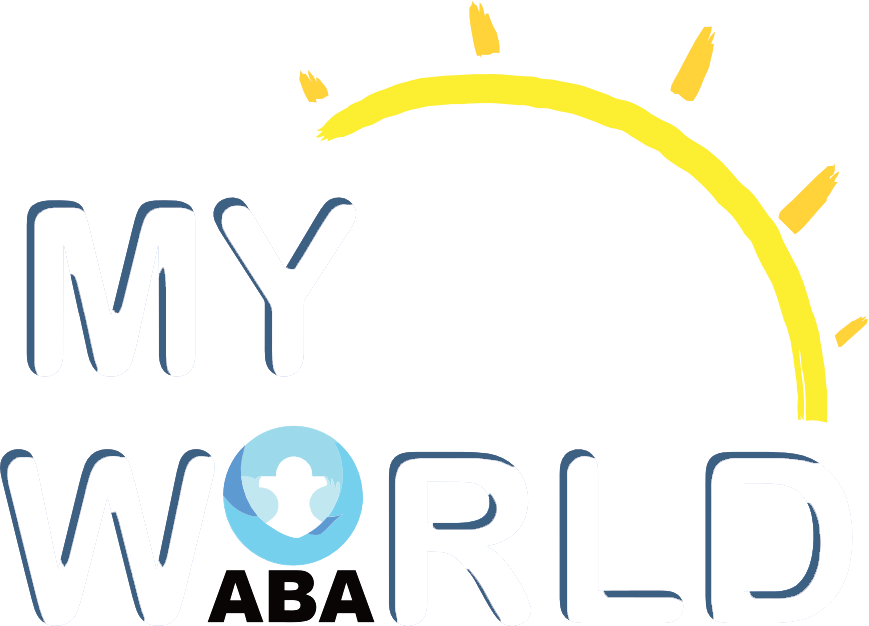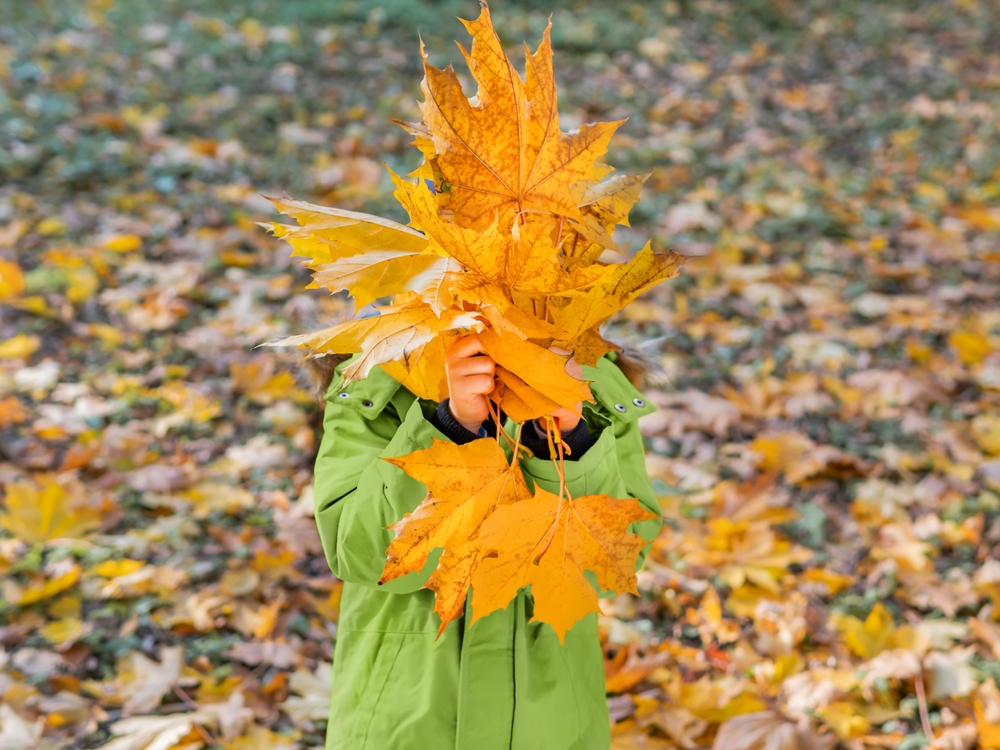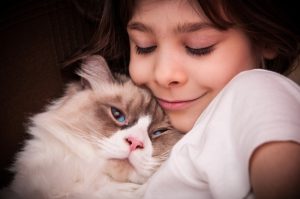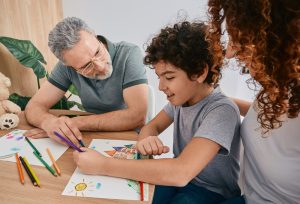As autumn arrives with its crisp air, vibrant colors, and seasonal traditions, it presents unique opportunities to support social skills development in children with autism spectrum disorder (ASD).
The changing season naturally creates shared experiences and conversation topics that can serve as powerful tools for reinforcing social learning in both structured and natural settings. Keep reading to learn how My World ABA equips your child to thrive in social environments while meeting their unique needs.

The Science Behind Social Skills Training for Autism
Recent research continues to demonstrate the effectiveness of structured social skills interventions for children with autism. The Program for the Education and Enrichment of Relational Skills (PEERS®), a parent-assisted social skills training program initially developed in 2004, has shown promising results in helping children and young adults who experience difficulty with peer relationships.
What makes social skills training particularly effective is its focus on concrete, teachable behaviors rather than abstract social concepts. For children with autism, who often think in visual and concrete terms, fall activities provide tangible contexts for practicing these skills.
Why Fall Activities Are Particularly Effective
Fall presents several advantages for social skills development in children with autism. The season offers predictable routines and traditions that many children find comforting, while simultaneously providing novel sensory experiences that can expand comfort zones.
In the Ozarks, fall is a beautiful time of year, with richly colored leaves and crisp blue skies. The changing of the seasons provides some ultimate sensory experiences. The transition to autumn is one of our favorites, offering rich opportunities for shared attention and conversation.
The structured nature of many fall activities—from following recipe steps for pumpkin bread to participating in organized harvest festivals—provides clear frameworks for social interaction. These activities often have defined beginning, middle, and end points, which can reduce anxiety for children who struggle with open-ended social situations.
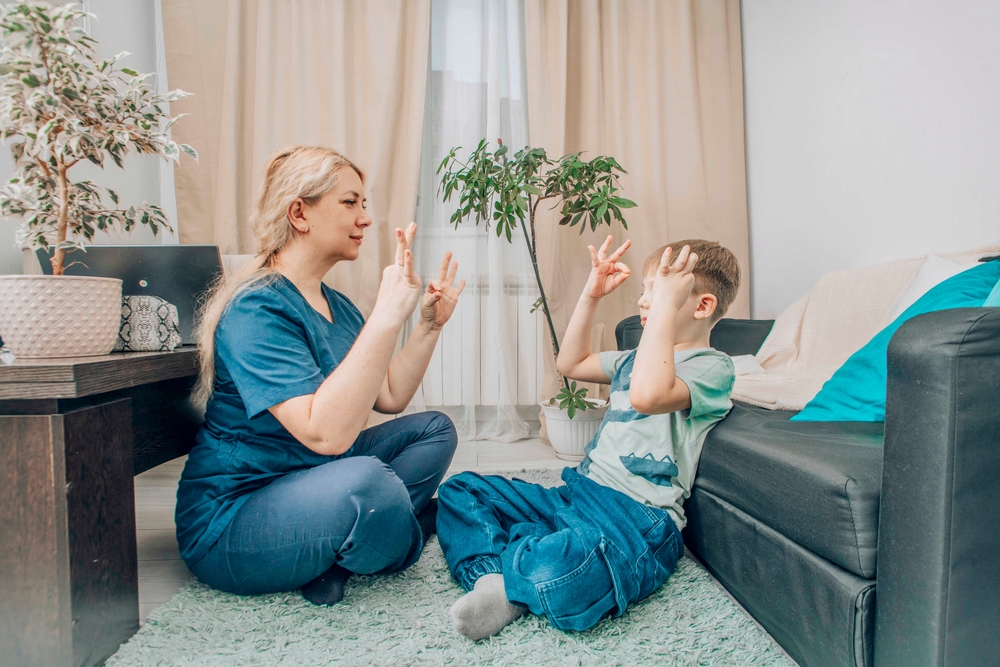
Practical Fall Activities for Social Skills Development
Fall is full of potential for fun activities, from back-to-school celebrations to outdoor adventures. Here are some ways to enjoy the season with your child.
Collaborative Cooking Projects
Preparing seasonal treats together naturally creates opportunities for turn-taking, following directions, and sharing experiences. Baking pumpkin muffins or making caramel apples requires children to communicate about ingredients, wait for their turn to add components, and share the finished product. These activities teach patience, cooperation, and the social reward of working together toward a common goal.
When implementing cooking activities, consider each child’s sensory preferences and motor skills. Some children may prefer mixing dry ingredients, while others might enjoy the tactile experience of kneading dough. The key is ensuring everyone has a meaningful role that builds on their strengths while gently expanding their comfort zones.
Nature-Based Group Activities
Fall nature activities provide rich opportunities for joint attention and shared discovery. Children can work together to collect leaves for art projects, identify different types of trees, or search for signs of animals preparing for winter. These activities promote communication about shared observations while building vocabulary and encouraging questions.
Carving pumpkins can be a great sensory activity for children with autism, though it’s important to offer alternatives for children who find the texture challenging. Some children might prefer painting pumpkins or using stickers to decorate them, ensuring everyone can participate at their comfort level.
Structured Play Activities
Traditional fall games like apple bobbing can be modified to be more autism-friendly while maintaining their social benefits. Instead of the traditional version, children can use tools to retrieve apples from water, reducing sensory challenges while maintaining the cooperative and celebratory aspects of the activity.
Corn maze visits can be excellent for practicing problem-solving together and supporting peers, though shorter, less complex mazes are often more appropriate. The key is choosing play activities that challenge children appropriately without creating excessive stress or sensory overload.
Supporting Generalization of Skills
One of the most important aspects of autism support is ensuring that learned behaviors transfer to other contexts. Research suggests that video modeling and related procedures promote skill acquisition and that skills acquired through these methods can generalize to other settings.
To support generalization, adults should explicitly point out when children use social skills successfully during fall activities. For example, when a child says “thank you” for receiving a treat, caregivers can highlight this positive social behavior and connect it to similar situations where expressing gratitude is appropriate.
Creating Inclusive Environments
Not all children with autism will enjoy every fall activity, and that’s perfectly normal. The goal is to offer a range of options that cater to diverse sensory preferences, motor abilities, and social comfort levels. Physical exercise interventions have been shown to positively impact the social skills of children with ASD, so incorporating movement-based fall activities like raking leaves together or playing modified outdoor games can be particularly beneficial.
Creating predictable routines around fall activities helps reduce anxiety and allows children to focus on social learning rather than worrying about what comes next. Visual schedules, social stories about upcoming activities, and clear expectations all support successful participation.

The Role of Adults in Facilitating Social Learning
Adult facilitation is crucial for maximizing the social learning potential of fall activities. This doesn’t mean constantly directing interactions, but rather creating opportunities for natural social exchanges and providing gentle guidance when needed. Adults can model appropriate social behaviors, prompt children to notice social cues from peers, and celebrate successful social interactions.
It’s also important for adults to remain flexible and responsive to each child’s needs in the moment. If a child becomes overwhelmed during a group pumpkin-decorating activity, having a quiet alternative ready ensures they can still participate at their comfort level while maintaining positive associations with social activities.
Looking Forward
As we move through the fall season, remember that social skills development is a gradual process that requires patience, creativity, and individualized approaches. The rich sensory experiences and natural social contexts that autumn provides create ideal conditions for meaningful learning and growth.
By thoughtfully incorporating fall activities into social skills programming, we can help children with autism develop crucial interpersonal abilities while creating positive memories and associations with seasonal traditions. These experiences lay the foundation for continued social growth throughout the year.
Ready to get started? Connect with our friendly team and experience the transformative effects of ABA therapy in your family’s life.
